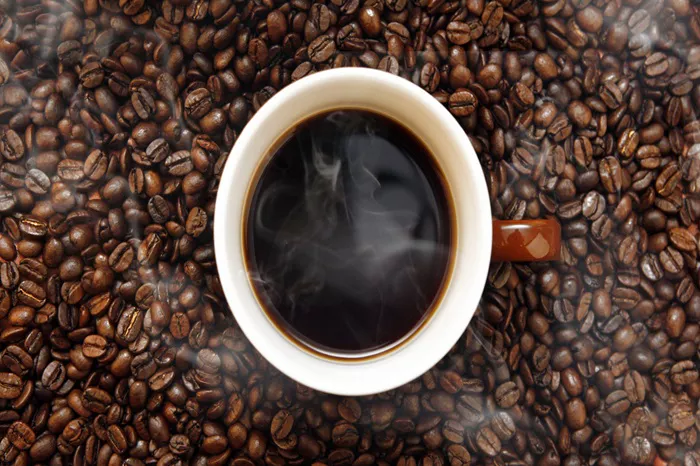Cold brew coffee has gained immense popularity for its smooth, less acidic taste. Adding flavored creams, like pumpkin cream, enhances its richness and makes it a seasonal favorite. Pumpkin cream cold brew combines the deep, bold flavors of cold brew with the warm, spiced sweetness of pumpkin—perfect for autumn or any time of the year.
Making pumpkin cream at home is simple and allows for customization in sweetness and spice levels. Unlike store-bought versions, homemade pumpkin cream avoids artificial additives and excessive sugars, making it a healthier choice. This article will guide you through the process while incorporating insights into the nutritional and health benefits of the ingredients used.
Ingredients for Pumpkin Cream
The key to a delicious pumpkin cream lies in high-quality ingredients. The base typically consists of heavy cream or a dairy-free alternative, pumpkin puree, sweeteners, and warming spices. Each component contributes not only to flavor but also to nutritional value.
Heavy cream provides a rich, velvety texture due to its high fat content. For a lighter version, half-and-half or whole milk can be used, though the consistency will be thinner. Dairy-free options like coconut cream or oat milk work well for those with lactose intolerance or dietary preferences.
Pumpkin puree should be unsweetened and free from additives. Canned pumpkin works, but homemade puree offers a fresher taste. Pumpkin is rich in beta-carotene, a powerful antioxidant that supports eye health and immune function. It also contains fiber, which aids digestion.
Sweeteners like maple syrup, honey, or simple syrup enhance flavor without overpowering the coffee. Maple syrup adds a subtle earthiness, while honey provides natural antibacterial properties. Refined sugars can be used but are less beneficial health-wise.
Spices such as cinnamon, nutmeg, ginger, and cloves give pumpkin cream its signature warmth. Cinnamon, in particular, has been studied for its potential to regulate blood sugar levels. Nutmeg and ginger have anti-inflammatory properties, making this cream not just tasty but also beneficial for overall wellness.
Step-by-Step Preparation
Creating pumpkin cream requires minimal effort and no specialized equipment. A handheld frother, blender, or even a whisk will suffice. The goal is to achieve a smooth, lightly whipped consistency that blends seamlessly with cold brew.
Start by chilling the heavy cream for at least an hour before use. Cold cream whips better and holds its shape longer. In a mixing bowl, combine the cream, pumpkin puree, sweetener, and spices. Begin whisking slowly to incorporate the ingredients, then increase speed until soft peaks form. Over-whipping can lead to a buttery texture, so stop once the cream is thick but still pourable.
For a frothier texture, use a milk frother or blend the mixture for a few seconds. If the cream is too thick, a splash of milk can loosen it. Taste and adjust sweetness or spice levels as needed. The final product should be creamy with a balanced pumpkin flavor—neither too overpowering nor too faint.
Combining Pumpkin Cream with Cold Brew
The best way to enjoy pumpkin cream cold brew is by layering the cream over iced coffee. Fill a glass with ice and pour cold brew until it’s three-quarters full. Gently spoon or pour the pumpkin cream on top, allowing it to cascade down slowly. For an aesthetic touch, a light dusting of cinnamon or nutmeg adds visual appeal and extra aroma.
Stirring the cream into the coffee creates a uniform flavor, while leaving it layered provides a gradual mingling of tastes. Some prefer a stronger coffee presence, while others enjoy the sweetness of the cream first. Experimentation helps find the perfect balance.
Health Considerations and Modifications
While pumpkin cream is a delightful treat, it’s important to consider dietary needs. Traditional recipes use heavy cream, which is high in saturated fats. For a lower-calorie alternative, whipped coconut cream or almond milk foam can be substituted. These options reduce fat content while maintaining creaminess.
Sugar content can also be adjusted. Diabetics or those reducing sugar intake can opt for sugar-free syrups or natural sweeteners like stevia. Pumpkin itself is low in calories, so the primary concern lies in added sugars and fats. Portion control ensures enjoyment without excess.
For those with spice sensitivities, reducing the amount of cinnamon or nutmeg can prevent digestive discomfort. Conversely, increasing ginger may aid digestion due to its natural anti-nausea properties. Personalizing the recipe ensures it suits individual health needs.
Conclusion
Pumpkin cream cold brew is a versatile and flavorful drink that elevates the cold brew experience. By using fresh, wholesome ingredients, it’s possible to create a delicious topping that’s both indulgent and nutritious. Whether enjoyed as a seasonal treat or a year-round delight, homemade pumpkin cream offers superior taste and quality compared to commercial versions.
Experimenting with different milks, sweeteners, and spice levels allows for endless variations. The process is simple, requiring only basic tools and a few minutes of preparation. With this guide, anyone can master the art of making pumpkin cream for cold brew, ensuring a perfect balance of richness, sweetness, and spice in every sip.
Related topics:


